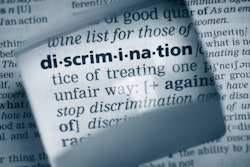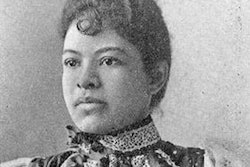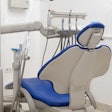
Though dentists from other races and ethnicities in the U.S. make lower net incomes than their white colleagues, Black dentists earn the least, making about one-third less than white dentists, according to a study published in Health Services Research.
The authors believe this is the first study to explore wage gaps among dentists by race and ethnicity. Why large wage disparities exist between white and Black dentists mostly remains unexplained, according to authors from the ADA's Health Policy Institute (HPI) and the University of Washington School of Medicine.
"The excess percentage of the 'unexplained' component for Black dentists relative to other minoritized dentists may be indicative of discrimination that Black dentists may experience directly and the systemic factors contributing to this discrimination," wrote the authors, led by Kamyar Nasseh, PhD, an HPI health economist (Health Serv Res, October 28, 2022).
In recent years in the U.S., the gap in dental care use between white and racial and ethnic minority populations has narrowed, specifically for children. In part, this may be due to the diversification of the dentist workforce. Past research has shown that healthcare disparities are reduced when there is racial and ethnic concordance between providers and patients.
As of 2020, 70% of dentists are white, while white individuals account for about 58% of the U.S. population. There are concerns that if earnings disparities persist, it may discourage individuals who are not white from entering dentistry.
To explore income disparities, researchers used data from the ADA's Survey of Dental Practice, which includes information on dentists' net income from 2001 to 2018; practice ZIP code; the patient mix between private and public insurance; and dentists' gender, age, and year of dental school graduation. This was merged with data on dentist race and ethnicity and school of graduation from the ADA's master file.
The data for 22,086 dentists between the ages of 25 and 85 who worked at least eight weeks per year and 20 hours per week were used for the study. Of these dentists, 83% were white, 2% were Black, 3% were Hispanic, 10% were Asian, and 2% were from other races. Data were analyzed using the Blinder-Oaxaca decomposition linear statistical method to assess observable characteristics that explain the gap in earnings between white and minority dentists, according to the study.
On average, white dentists earn $254,860, which is more than Asian, Hispanic, and Black dentists. Asian dentists make on average $202,967, Hispanic dentists make $198,565, and Black dentists make the least at $170,097, the authors wrote.
About 31% of the total log wage gap between Black and white dentists could be "explained" by various factors and characteristics, such as gender, zip code, Bureau of Economic Analysis region, and patients. For instance, a difference in the number of publicly and privately insured patients accounts for about 6% of the total gap and approximately 18% of the "explained" log earnings gap. However, most of the total income gap between white and Black dentists could not be explained by factors, they wrote.
The study had limitations, including that the measure of net income used in the analysis included more than salary. It also included bonuses, dividends, and commissions, the authors wrote.
While the study offers some insight into wage disparities, more research is needed to understand the systemwide factors that contribute to the unexplained income gaps experienced by dentists from different ethnicities and races, specifically Black clinicians, to ensure a diverse workforce in the future, Nasseh and colleagues wrote.
"Persistent income disparities could discourage minoritized dentists from entering the profession," they concluded.




















